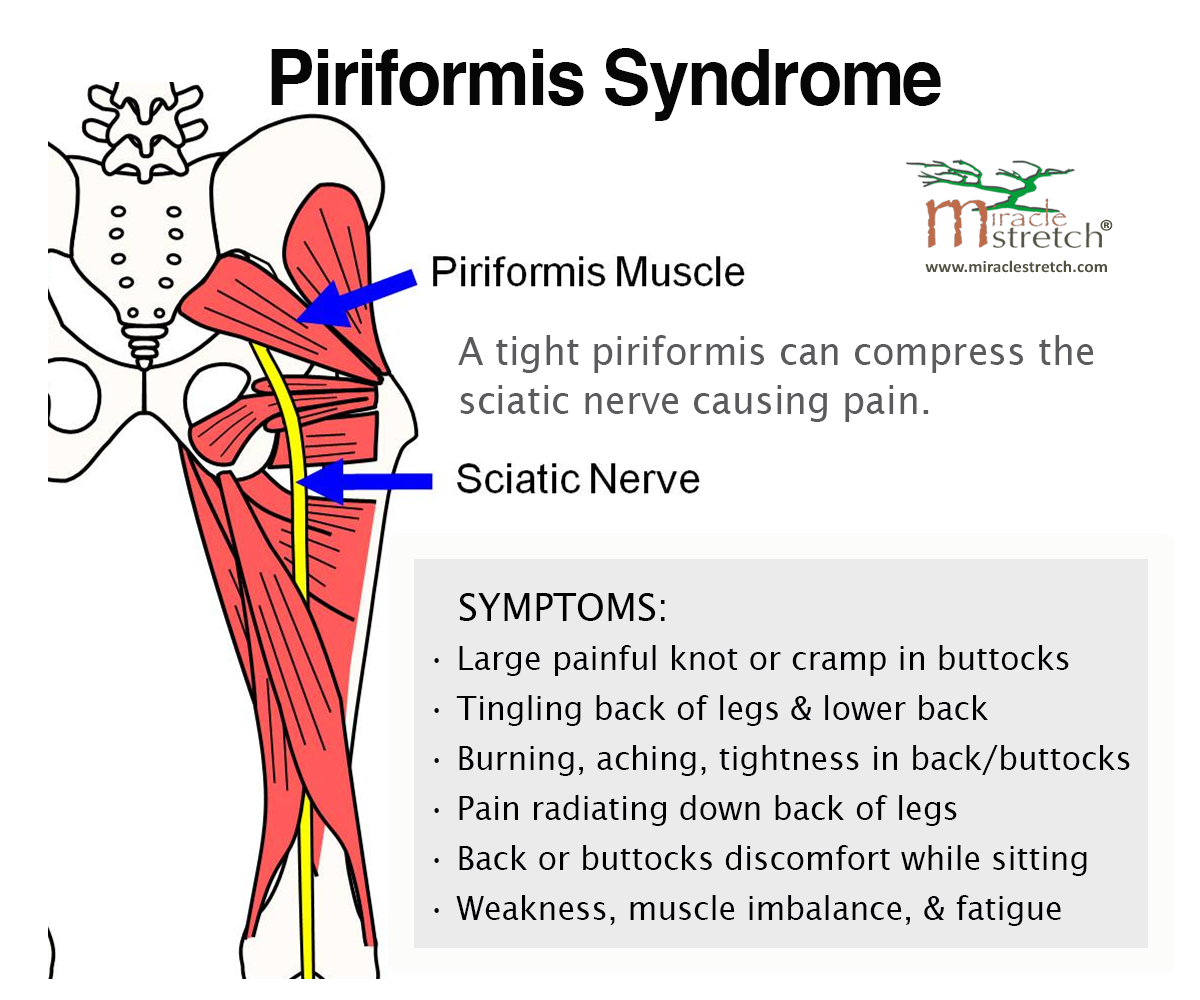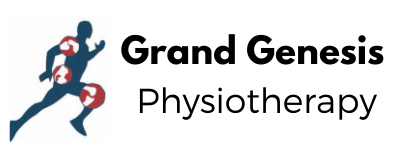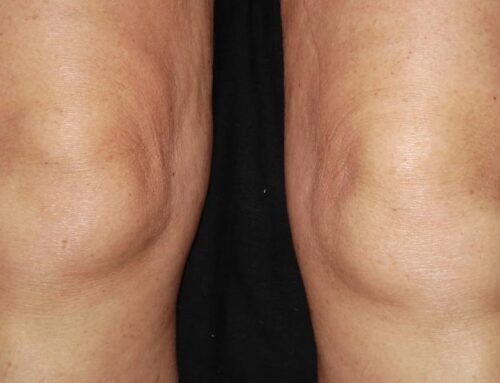Piriformis syndrome is a disorder which results when the piriformis muscle compresses the sciatic nerve. The compressed sciatic nerve causes pain, tingling, numbness along the nerve path descending from the lower thigh down towards the legs. Other than the modern medical treatment, other alternative methods such as physical therapy, massage and stretching have found to be very beneficial in strengthening the muscles of the abdomen and the back in order to reduce the strain on the piriformis muscle.
Massage therapy when used along with ice massage is helpful in providing immediate relief. Some experts have recommended the alternating heat and ice massage to provide prompt pain relief. Other than this, simple stretching exercises also do wonders for reducing pain and improving range of motion substantially.
Massage Therapy for Piriformis Syndrome
Massage is one of the effective modalities to manage the piriformis syndrome. Massage should only be done by a qualified and trained massage therapist. Some points to remember are:
- It is important to massage the gluteal region.
- Patient should lie down in a prone position.
- The massage therapist will then start massaging from the sacrum and down to the head of the femur.
- This helps in stimulating the rotator muscles in the hip which in turn reduces the strain on the muscle.
- While massaging, the therapist will apply deep pressure depending upon the pain threshold of the patient.
As mentioned before, ice therapy application along with massage technique provides many benefits. However, due to the deep nature of muscle, ice therapy will have very less benefit if it is used alone.

Symptoms of Piriformis Syndrome:
- • A dull ache in the gluteal area
- • Spasming in the gluteal are
- •Ache or spasming sensation in the back of the leg
- •Burning pain in the back of the leg
- •Numbness or tingling in the back of the leg
Piriformis syndrome symptoms usually happens on one side of the body, but some people can experience it on both sides.
Symptoms can be triggered by walking, going up or down the stairs, lifting the leg out to the side, rotating or turning the hip, past sports injuries, walking long periods of time or sitting for extended periods of time.
Piriformis Syndrome doesn’t just occur in athletes – it can happen to people who are sedentary or pregnant. It can occur in people at any age.
Causes of Piriformis Syndrome
The pelvis is made up of many different joints. If these joints are not moving properly, this can contribute to piriformis syndrome. Things like injury, a sedentary lifestyle, pregnancy or back issues might cause your body to adapt and compensate. However, certain muscles can also overcompensate.
If all of the muscles that attach to the pelvis are not working in harmony, the Piriformis muscle will kick in to help control the hip, spine and pelvis. After a while, it will get overworked, which can cause it to spasm or develop trigger points and cause pain down the leg.
When the piriformis muscle becomes too tight, it presses on different nerves and causes pain and tingling down into the back of the leg. Eventually, whenever the muscle is used, it causes pain.
Piroformis Syndrome Treatment
When treating Piriformis Syndrome, it’s important to address the whole body alignment to determine which muscles are causing the piriformis to overwork. It’s important to work with a holistic physical therapist to balance the surrounding muscles. This will take stress off the piriformis and allow the pain to subside so the muscle can function better.



